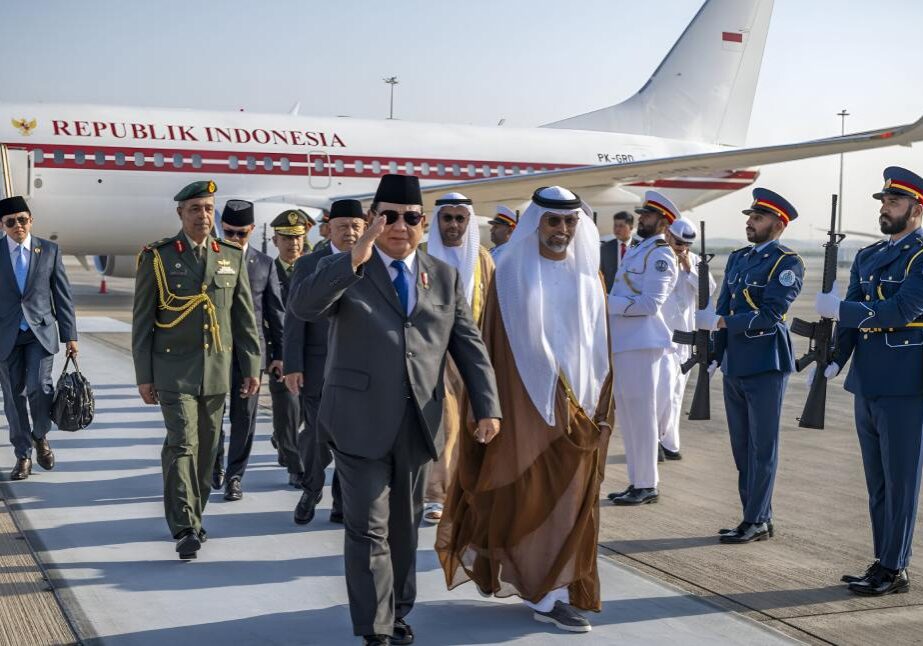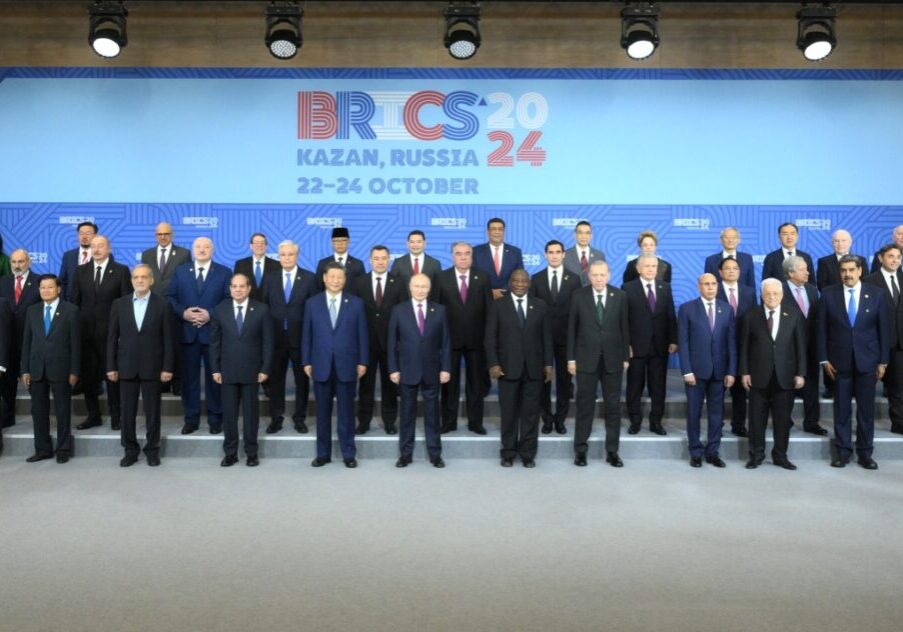Australia/Israel Review
Dangers Down Under
Nov 1, 2005 | External author
A history of terror in Australia
By Nadav Shlezinger
The Federal Government’s proposed anti-terror laws have dominated media headlines in recent months. Both sides of the debate have been argued passionately in newspaper columns, and on television and radio programs. However, a small minority of participants in the debate have claimed Australia has no past history of terrorism, and the terror threat is therefore being exaggerated. Such claims are misleading. Australia has a history of terrorist incidents which should inform debate on this subject.
In 1996, then Director-General of Australia’s intelligence agency ASIO, David Sadleir, identified five major incidents that he said “unquestionably lie at the top end of any scale of politically-motivated violence”. The first of those incidents was the bombing in 1978 of Sydney’s Hilton Hotel, where the Commonwealth Heads of Government Meeting was being held. Two cleaners and a policeman died as a result of the bomb. No group took responsibility for the attack and the only conviction in connection with the attack was later overturned. In 1980, the Turkish Consul-General in Sydney and his bodyguard were assassinated by the Justice Commandos of the Armenian Genocide. The same organisation bombed Turkey’s Melbourne Consulate six years later. In December 1982, a bomb went off at the Israeli Consulate in Sydney, followed a few hours later by another bomb at the Hakoah Club, a Jewish community building in the Sydney suburb of Bondi. Fortunately, nobody died from the two attacks. Nobody has been charged in relation to the attacks, although the Palestine Liberation Organisation’s Baghdad-based Abu Ibrahim faction was thought to have been involved.
With the exception of the Hakoah Club bombing, all of these attacks were directed at foreign targets. Excluding the death of one of the bombers in the 1986 incident, only five people in total died as a result of these attacks. However, these attacks, along with other lesser incidents during the 1970s, 80s and 90s, demonstrate that Australia was a part of terrorists’ calculations long before terrorism became the major issue it is today. The case of suspected terrorist Mohammad Hassanien, who was deported from Australia in 1996 after being monitored by ASIO, is one example of this. An Egyptian exile, he was allegedly associated with the Gema’a Islamiyah terror group. The overt recruitment of Australians for international terrorism by the Libyan government in the 1980s is another case.
If the Australian public was not previously aware of the threat it faced, events in recent years in New York, Madrid and particularly Bali ensured that they became conscious of it. A number of individuals have already been brought to trial under anti-terror laws enacted in the post 9/11 era.
Probably the most high-profile case involved a plot by members of Lashkar-e-Toiba (LET) to carry out a major terrorist attack in Australia. Possible targets included Sydney’s Lucas Heights nuclear reactor and national electricity grid. Willie Brigitte (who is not an Australian citizen) was deported from Australia for his role in planning the attack and is currently in jail in France for terrorism-related offences. His alleged co-conspirator Faheem Khalid Lodhi (Abu Hamza) has been committed to stand trial before the New South Wales Supreme Court.
Jack Roche was the first Australian to be convicted for planning a terrorist attack. He was sentenced to nine years in jail in 2004 for planning to bomb the Israeli embassy under instructions from Jemaah Islamiah and al-Qaeda.
Sydney medical student Izhar ul-Haque stands accused of training with a proscribed terrorist organisation (LET). He is set to stand trial before the NSW Supreme Court.
Zeky Mallah was jailed for two and a half years for threatening the lives of ASIO officers, although he was acquitted of two more serious charges.
Saleh Jamal is currently in prison in Lebanon after being convicted by a Lebanese military court for forging an Australian passport and possessing explosives. After his release there, he is set to face trial in New South Wales for alleged involvement in organising and funding terrorism with al-Qaeda.
Former Qantas baggage handler Bilal Khazal is charged with inciting another person to commit a terrorist attack and creating documents connected with terrorism, which he published on his website and in a guide. He is due to face trial in the NSW Supreme Court in April next year.
Joseph “Jack” Thomas is accused of assisting al-Qaeda in plans to carry out a terrorist attack. He is set to face the Victorian Supreme Court in January next year.
Senior terrorism experts have also raised concern about other individuals. Among those of most concern are identical twins Abdul Rahim Ayub and Abdul Rahman Ayub, who were named by Jack Roche as the leaders of Jemaah Islamiah’s Australian division. Abdul Rahman was deported to Indonesia in 1999 after having his application for refugee status rejected. Abdul Rahim left Australia three days after the 2002 Bali bombings, an attack in which he is suspected of having involvement. Prior to leaving, he taught at an Islamic school in Perth. Both brothers are now suspected of planning attacks against Australia from Indonesia.
ASIO claims that there are currently dozens of Islamic extremists worth watching in Australia make it clear that the spectre of terrorism in this country is something that must be taken seriously. Arguments about the balance between security and civil liberties are indeed difficult and sensitive. But those on both sides of the debate should ensure that they know all the facts about Australia’s terrorist history, as well as the seriousness of the regional and international dimensions, when they assess our current level of threat.
Additional research by Gedaliah Afterman.Tags: Australasia, Indonesia






